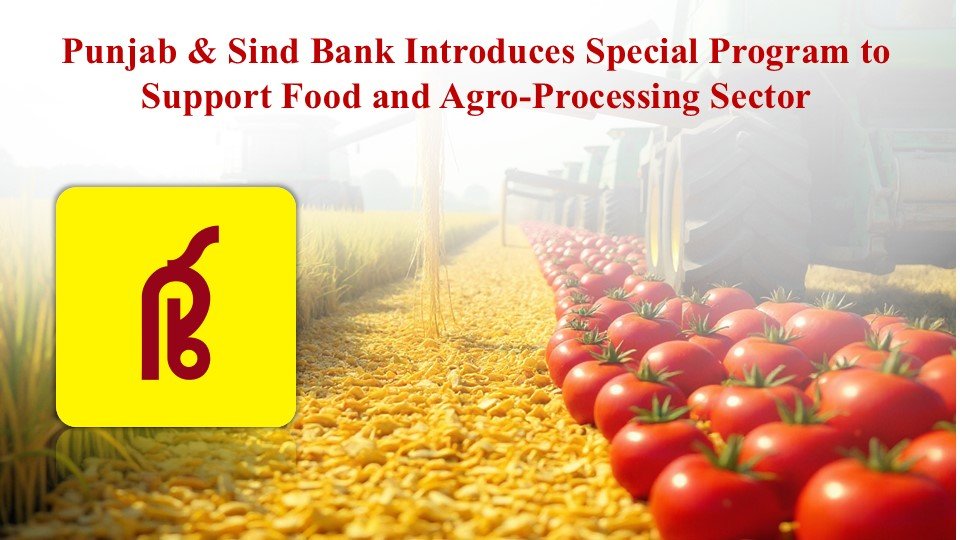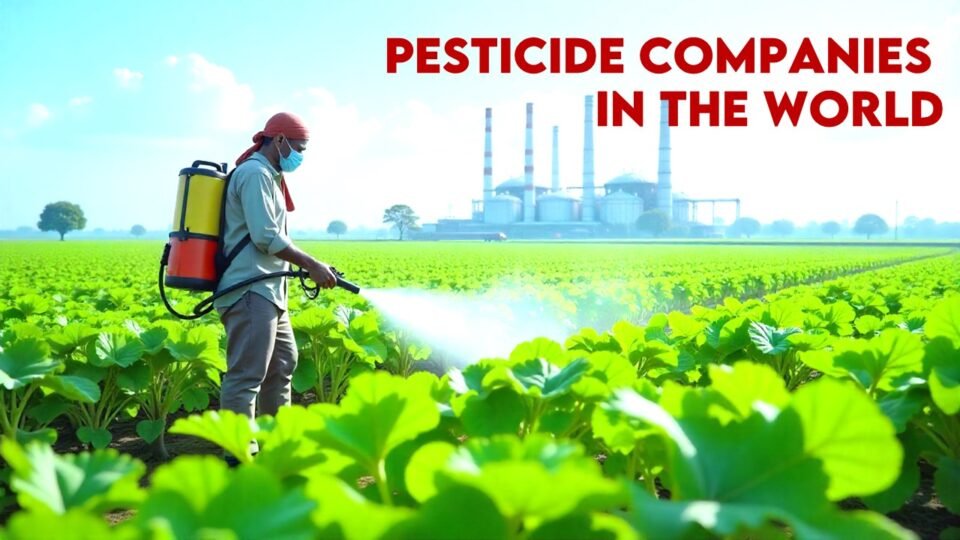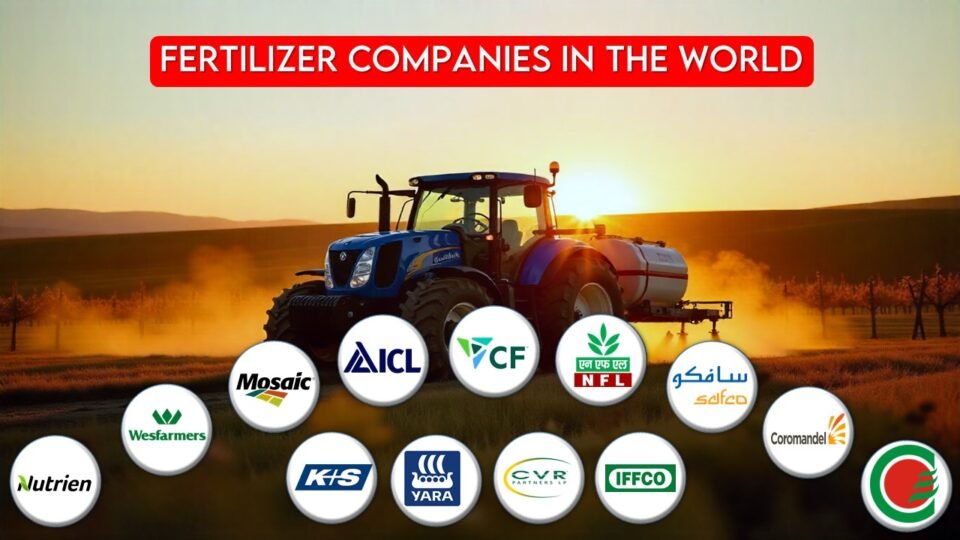Button mushrooms (Agaricus bisporus) have turned out as a crack into a productive agribusiness due to the fact that they are multifunctional, healthy, and continuously demanded throughout the year. Unlike conventional crops, mushrooms are grown using different controlled environments, which enable entrepreneurship to partner with a practical production cycle. Button Mushroom Farming is an attractive business opportunity, as the world market accommodates a healthy annual increase of 9.7% due to health-conscious consumers and culinary innovations. This section outlines the basic practices and states the profits from commercial mushroom farming.
Button Mushroom Farming Infrastructure Setup
Site Selection and Space Requirements
Button Mushroom grows best under dark, humid, and well-ventilated conditions which can be derived from modified buildings, basements, able insulated shed, etc. so as to cut down on the cost of setting up. A 500-square-foot unit can be made to house anywhere between 100 and 150 trays of button mushrooms farming produces around 280 to 370 kg of mushrooms per cycle. Concrete flooring and efficient drainage systems are obligatory for the maintenance of hygiene and operational convenience.
Environmental Controls
Controlled environments with precision determine the success and profitability of crops. During the spawn run, temperatures are maintained at 22-25°C by thermostatically controlled heaters; during the fruiting stage, cooling systems such as evaporative coolers must be used to cool the temperature down to 14-17°C. Humidity must be maintained between 85 percent and 90 percent through humidification or by manually misting. Adequate ventilation using exhaust fans is necessary to keep carbon dioxide concentrations low, under 800 ppm, so that mushroom growth thrives and yields are optimized.
Shelving and Trays
To maximize verticality and foster productivity, trays should comprise UV-treated plastic or stainless steel with a depth of 30 cm for sturdiness and hygiene. Growing multi-tier racks with four to six layers would maximize production capacity. Spacing between tiers should allow good airflow at between 60 and 70 cm, facilitating harvesting and maintaining labor efficiency and crop health.
Substrate Preparation: Science and Methodology
Substrate Composition
Substratum for button mushroom farming determines the substrate, which should be well devised for solid growth. A dependable 50 percent formula consists of 50 percent wheat straw cut into 5 to 7 centimeters long pieces to accelerate decomposition and 50 percent fresh poultry manure to provide essential nitrogen. Another 2.5% gypsum added for aeration and pH equilibrium, while urea by 0.5% hastens the composting, augmenting substrate quality and reducing preparation time.
Composting Process
The successful implementation of composting on farms directly increases productivity and is thus viewed as a sustainable farm practice. During pre-wetting, the straw is soaked in water for 48 hours to start microbial activity. Compost is then established by alternating layers of straw and manure (15 cm thick each) and turning the pile every seventy-two hours anywhere between 6 and 14 days for uniform decomposition. Pasteurization is vital, involving steam at 60 degrees Celsius to 65 degrees Celsius for a two-hour period to kill pathogenic organisms. An ammonia smell emanating from the compost pile may indicate inadequate composting and an additional period of 3 to 5 days for composting. Adequate pasteurization stops a lot of mold growth, which aggressively competes with the desired composting microbes, increasing its substrate integrity and preventing considerable losses to crops.
Wheat / paddy straw generally used for compost making is made up of lignin, cellulose and hemi-celluloses (insoluble carbo-hydrates). During composting, the microbes breakdown the insoluble carbon and nitrogen sources present in the straw into a soluble form so that they are readily available to the mushroom. Nitrogen is a major constituent of compost and its supply is traditionally boosted by adding fertilizers and manures which stimulate the activity of microbes during compost making and growth of the mushroom mycelium. Moisture in straw is an essential requirement for the fermentation process and so effective composting revolves around the uniform application of the desired quantity of water.
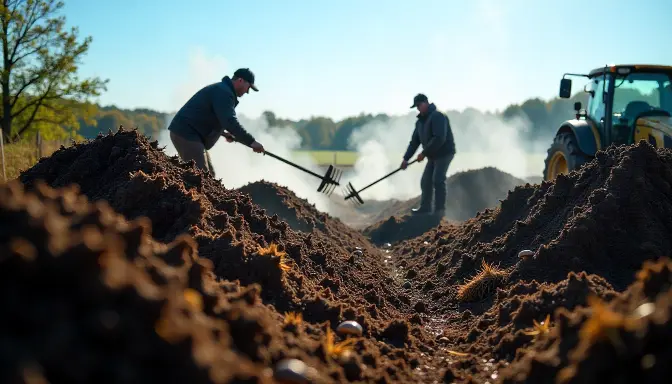
Spawn Selection and Inoculation
Understanding Spawn
Spawn proves to be the seed of button mushroom farming and is one important factor responsible for the good and standardized health of crops. Quality spawn guarantees rapid colonization, increased yields, and reduced chances of contamination—all of which are essential to a successful business.
Sources of High Quality Spawn and Button Mushroom Farming Training
To ensure the reliability of the product, spawn should be obtained from government agencies such as the National Research Centre for Mushroom (NRCM), Solan, or be sourced from a private certified supplier of ISO-certified, contamination-free products. Quality spawn is available from the following sources:
- National Centre for Mushroom Research and Training (NCMRT) Chambaghat, Solan-173212, Н.Р.
- Mushroom Research Laboratory, Y. S. Parmar University of Horticulture and Forestry, Chambaghat, Solan- 173213, H.P.
- Mushroom Laboratory. Division of Plant Pathology. I.A.R.I., New Delhi- 110012.
- Mushroom Culture Laboratory. Indian Institute of Horticultural Research (IIHR), Hessarghatta, Bangalore-560089.
- Mushroom Laboratory, Department of Microbiology, Punjab Agricultural University, Ludhiana, Punjab.
- Mushroom Laboratory, Department of Plant Pathology, G.B.P.U.A & T.. Pantnagar-263145, U.P.
- Mushroom Laboratory, Department of Plant Pathology, M.P.K. V. V., Agriculture College, Pune, Maharashtra.
- Mushroom Laboratory, Department of Plant Pathology, NAU, Coimbatore, Tamil Nadu
Protocol for Inoculation
After pasteurization, the substrate should be cooled to approximately 25°C before proceeding with inoculation. Perhaps a 2 to 3% mixture of that spawn in it by weight of the total substrate volume should be adequately introduced to promote uniform colonization. After planting, trays should be kept in a dark, humid environment (around 75% humidity), for 14 to 18 days, until the mycelium colonizes the substrate entirely. Adoption of sterile working conditions while inoculating is of paramount importance for minimizing the risk of contamination and securing probably future revenue streams.
Spawning of button mushroom
Spawn is broadcast in compost. The mycelium of the fungus from the spawn spreads when optimum environmental conditions (temperature of 25-27°C and 85- 90 %relative humidity) are present. During this period fresh air requirement is negligible. Spawn beds should be covered with newspapers to maintain humidity and avoid contamination during spawn running. In case of dry conditions, water should be sprayed over the newspaper. After the compost is filled in bags, extra length of bag is folded to avoid loss of moisture. Whilst bags can be stacked side by side in shelves, trays/shelves should be arranged in such a way that there is sufficient space for movement to facilitate working. The mycelial spread is complete after 14 to 21 days of incubation in dark and the colour of the compost changes from dark brown to light brown.
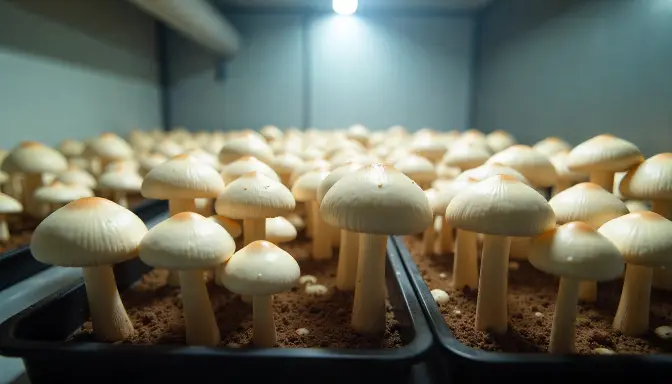
Cultivation Management: From Colonization to Harvest
Application of Casing Layer
Casing layer is the basis for triggering mushroom fruiting. A mixture of peat moss, vermiculite, and lime is spread to form a 3-to-4-centimeter deep layer on the colonized substrate. The application of agricultural lime maintains the pH from 7.2 to 7.5, which optimizes fruiting conditions for quality and yield.
Procedure of casing in mushroom farming
Prepare the casing material by mixing any one of the combinations given below:
- Clay loam soil + Farmyard Manure ( 1:1)
- Clay loam soil + Farmyard Manure + Sand (2:1:1)
- Farmyard Manure + Sand (1:1)
- Spent compost + Farmyard Manure + Clay loam soil (2:1:1)
- The casing material so prepared should have qualities such as good water holding capacity, porous, absence of undecomposed material and having pH of 7-7.5
- Check the pH of the mixture. If it is less than 7.5, add some chalk powder to raise the pH.
- Sieve the material through a mesh to remove lumps.
- Spread the polythene sheet over the floor and put the casing material on it.
- Prepare Formalin solution by mixing 500 ml formaldehyde in 10 litres ( of water. This solution is sufficient for 1 cubic meter of casing material.
- Drench the casing material with this ( solution and cover it properly with a polythene sheet in such a way that no formalin vapours could come out. Leave the casing material as such for ( 48 hours.
- Check the moisture of casing by palm ( test before applying on the bed.
- Remove polythene sheet and rake casing material repeatedly to remove traces of formalin. It takes about a week to make the soil free from formaldehyde fumes.
- Check the moisture of casing soil by palm test before applying on the bed
- Remove the newspaper sheet (in case of tray/shelves) unfold the polythene cover (in case of bags).
- Press the compost to make a uniform surface.
- Spread the casing material over the compost. Keep the thickness of casing material at 3-4 cm.
- Maintain temperature at 24-26°C and relative humidity at 80-85%. It takes about 7 to 10 days for the mycelium to reach the surface of the casing layer
Fruiting Conditions
The conditions for fruiting must be optimal in the area where growth takes place. The temperature must be between 14 and 17 degrees Celsius with the humidity ranging from 85 to 90 percent using a hygrometer. Ambient light must be indirect at ranges from 200 to 500 lux to stimulate pinhead formation.
Harvesting Methods
The first harvest takes place 18 to 21 days after casing when the first flush comes up. The closer the mushrooms are twisted at their bases, the less the damage sustained by the substrate. Once the first flush is harvested, the substrate can be rewetted to get two to three subsequent productive flushes. For a flush, the average yield will be between 15 and 20 kilograms per 100 kilograms of substrate.
Button Mushroom Farming Cost and Profit
6.1 Initial Investment (Small-Scale, 500 sq. ft.)
Capital requirements for establishing a small-scale button mushroom farming venture are to be strategically planned. Initial investments cover infrastructure development, purchase of spawn and substrate materials, installation of environmental controls, and a small civil work component for flooring and insulation. Smart infrastructure planning helps in minimizing operational bottlenecks and therefore speeds up returns on investment.
6.2 Operating Expenses (Monthly)
This includes expenses like payments for electricity for climate control, workers for day-to-day operations, water used for misting and cleaning, and periodic purchases of spawn and compost materials. The monthly budget also includes a small portion for the routine servicing of equipment and the purchase of hygiene supplies, which play a vital role in the smooth and interference-free running of operations.
Revenue Estimates
A well-managed 500 feet square set up can yield about 200 kilograms of mushrooms in a month. At ₹150 per kilogram, then gross revenue amounts to ₹30,000 a month. After operational expenses have been deducted, an estimated gross annual net profit of about ₹162,000 remains. Usually, the business breaks even in about six to twelve months, which makes it appealing as an investment to entrepreneurs who are interested in quick payback periods and sustainable growth.
Training and Skill Development for Button Mushroom Farming
Among the encouraging grand plans available for entrepreneurship set by the government include the free five-day training program organized by Krishi Vigyan Kendras (KVK) on substrate preparation and pest control, among other things in basic farm management. The provision of training for commercial mushroom cultivation at subsidized levels is offered by the National Horticulture Board (NHB) and intended to reduce the entry barriers to the establishment of small- and medium-sized enterprises.
Private Programs
Private mycological societies organize post-graduate training in invaluable, high-level disciplines like spawn production, export management, and value addition. Also, this website provides online webinars from agricultural universities like TNAU in Coimbatore, enhancing access for distance learners and professionals.
Sustainable Practices and Waste Management
It is important to have sustainability for long-term profitability. Spent mushroom substrate can find additional revenue streams through repurposing as organic fertilizer, biogas feedstock, or raw material for vermicomposting. Efficient water management through drip irrigation, rainwater harvesting, or condensate collection systems, reduces utility cost. Energy savings can be achieved from solar-powered climate control systems and LED lighting which can reduce operational costs up to 40% while promoting green business acts.
Challenges and Mitigation Strategies
Risk management is fundamental in maintaining a steady business. Sickness incidences can be minimized through consistent disinfection with 2% formalin, sterilization of tools, and strict hygiene measures during inoculation. Fluctuations in the market may be countered by diversifying sales channels, for example; selling directly to customers, selling through retail outlets, and availing the mushrooms on the internet. Value-added products like dried mushrooms or pickled mushrooms further stabilize income. With these investments, automated environmental controls such as thermostats and humidity meters ensure that the crop quality is uniform regardless of external weather conditions, thus minimizing the effects of climatic variability.
Conclusion
At the moment, button mushroom farming is a very scalable, lucrative, and eco-friendly model of agricultural entrepreneurship. Its success, however, depends on a meticulous plan of action, following scientific cultivation methods, continuous improvement in skills, and inculcating sustainable practices. It also promises viability and great fortune to anyone who dares venture into it now, since there is government backing and increasing consumer demand.
For Further Assistance:
Contact NRCM Solan at +91-1792-304152 for high-quality spawn supply.
Refer to Mushroom Cultivation: Principles and Practices (ICAR Publication) for detailed technical guidance and best practices.
Latest Post
- November Issue 2025- Times of Agriculture Magazine
- Punjab & Sind Bank Introduces Special Program to Support Food and Agro-Processing Sector
- Beyond Classrooms and Gardens: How a Professor Turned His Passion into Purpose
- October Issue 2025- Times of Agriculture Magazine
- Top 10 Pesticide Companies in the World
- September Issue 2025- Times of Agriculture Magazine
- Top 15 Fertilizer Companies in the World
- Top 10 Vegetable Farming Profit Per Acre in India
- August 2025 : Times of Agriculture Magazine (AgriVoltaics Farming)
- Button Mushroom Farming: Infrastructure, Cultivation, and Profitability
- Sahiwal Cow: Characteristics, Milk per Day, Price and Origin
- July 2025 : Times of Agriculture Magazine




